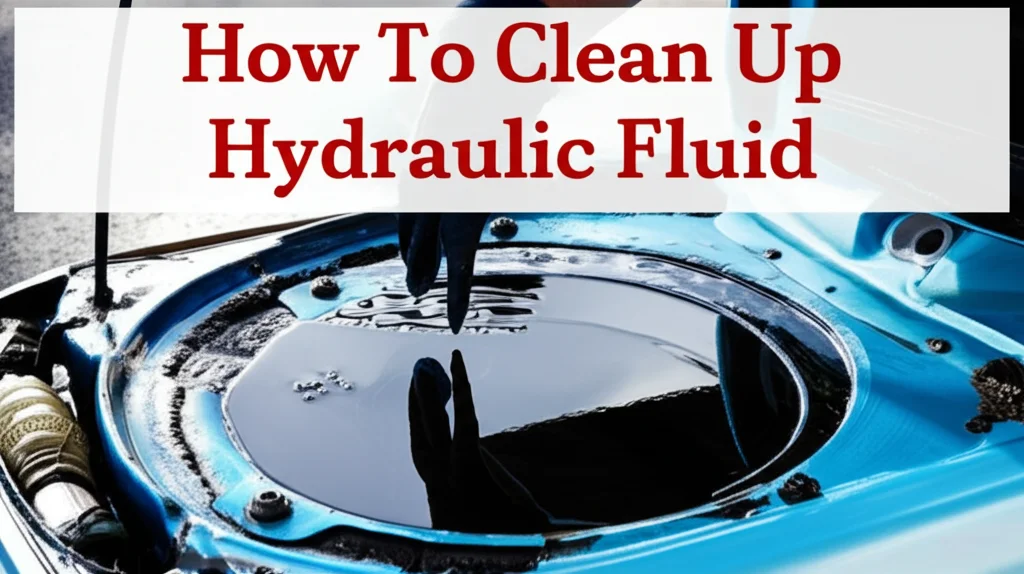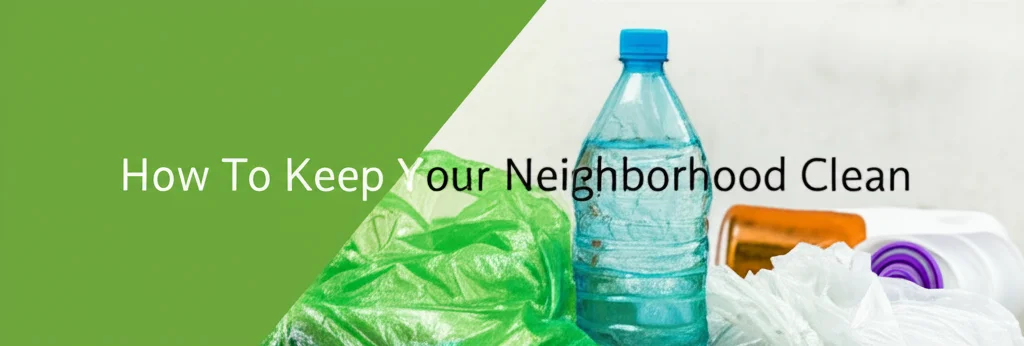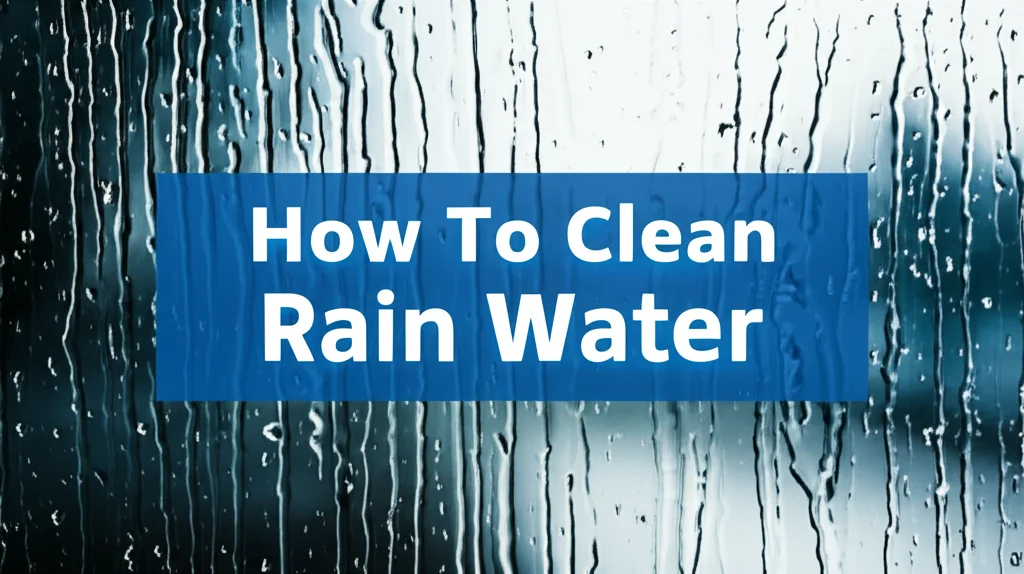· Home & Garden · 7 min read
How To Clean Up Hydraulic Fluid

Hydraulic Fluid Spills: A Quick Cleanup Guide
Have you just discovered a puddle of hydraulic fluid? Don’t panic! Hydraulic fluid spills happen, and knowing how to clean them up quickly and safely is crucial. This article will guide you through the entire process, from immediate safety measures to proper disposal. We’ll cover everything you need to know about cleaning up hydraulic fluid, protecting your health, and minimizing environmental impact. Let’s get started and tackle this spill effectively.
Quick Answer: To clean up hydraulic fluid, immediately contain the spill with absorbent materials like kitty litter or commercial absorbents. Once absorbed, carefully collect the material and dispose of it properly according to local regulations. Always wear protective gear and ventilate the area.
Takeaway:
- Safety First: Always prioritize personal protection with gloves, eye protection, and ventilation.
- Contain the Spill: Use absorbent materials to prevent the fluid from spreading.
- Proper Disposal: Dispose of contaminated materials according to local environmental regulations.
Understanding Hydraulic Fluid & Its Risks
Hydraulic fluid isn’t something you want lingering around. It’s typically oil-based, and while designed for specific machinery, it poses several risks if spilled. Understanding these risks is the first step toward a safe and effective cleanup. Hydraulic fluid can be harmful to your health and the environment, so prompt action is essential.
Here’s a breakdown of the potential dangers:
- Slipping Hazard: Hydraulic fluid creates an extremely slippery surface, increasing the risk of falls and injuries.
- Skin Irritation: Direct contact can cause skin irritation, dermatitis, and even chemical burns depending on the fluid type.
- Environmental Contamination: Hydraulic fluid is toxic to plants, animals, and can contaminate soil and water sources.
- Fire Hazard: Some hydraulic fluids are flammable, especially when exposed to heat or open flames.
Immediate Actions: Safety & Containment
When you spot a hydraulic fluid spill, your initial response is critical. Acting quickly can significantly minimize the damage and potential hazards. Prioritize safety and containment before attempting any cleanup. These first steps will set you up for a successful and safe resolution.
Here’s what to do immediately:
- Evacuate the Area: If the spill is large or in a confined space, evacuate all personnel.
- Eliminate Ignition Sources: Turn off any nearby equipment or sources of ignition, such as heaters or open flames.
- Personal Protective Equipment (PPE): Before approaching the spill, put on appropriate PPE, including:
- Nitrile or chemical-resistant gloves
- Safety glasses or a face shield
- A respirator if ventilation is poor
- Protective clothing (long sleeves, pants)
- Contain the Spill: Use absorbent socks, booms, or even piles of dirt to create a barrier around the spill, preventing it from spreading. This is a crucial step in limiting the affected area.
Choosing the Right Absorbent Materials
Selecting the right absorbent material is key to effectively cleaning up hydraulic fluid. Different materials have varying absorption capacities and are suited for different situations. Using the correct absorbent will make the cleanup process much easier and more efficient. Consider the size of the spill and the surface it’s on when making your choice.
Here are some common options:
- Kitty Litter (Clay-Based): A readily available and inexpensive option for small spills on hard surfaces. It’s effective at absorbing oil-based fluids.
- Commercial Oil Absorbents: Specifically designed for oil and chemical spills, these absorbents offer superior absorption capacity and are available in various forms (pads, socks, granules). You can find these at most auto parts stores or online.
- Absorbent Pads: Ideal for wiping up small spills or placing under leaking equipment.
- Absorbent Socks: Excellent for containing larger spills and preventing them from spreading.
- Sawdust: Can be used for larger spills, but it’s less effective than commercial absorbents and can create a dusty mess.
- Activated Carbon: Useful for absorbing residual odors and contaminants after the initial cleanup.
Cleaning Up the Spill: Step-by-Step Guide
Now that you’ve contained the spill and have the right materials, it’s time to start the cleanup process. Follow these steps carefully to ensure a thorough and safe removal of the hydraulic fluid. Remember to work methodically and avoid spreading the contamination.
- Apply Absorbent Material: Generously cover the spill with your chosen absorbent material.
- Allow Time to Absorb: Let the absorbent sit for at least 15-30 minutes (or longer for larger spills) to fully absorb the fluid.
- Sweep or Scoop Up: Carefully sweep or scoop up the saturated absorbent material. Avoid creating dust or splashing.
- Inspect the Area: Check the area for any remaining fluid. Repeat the absorption process if necessary.
- Clean the Surface: Once the majority of the fluid is removed, clean the affected surface with a degreaser or detergent specifically designed for oil spills. This will help remove any residue. You might find it helpful to check out https://www.beacleaner.com/how-to-clean-kitchen-mats/ for tips on cleaning surfaces after spills.
- Ventilate the Area: Open windows and doors to ventilate the area and remove any lingering fumes.
Dealing with Hydraulic Fluid on Different Surfaces
The cleanup process can vary depending on the surface affected by the spill. Different materials require different approaches to ensure effective removal and prevent damage. Knowing how to adapt your cleanup method is essential for a successful outcome.
- Concrete Floors: Kitty litter or commercial absorbents work well. Follow up with a degreaser and scrub brush. Consider using a pressure washer for stubborn stains.
- Asphalt: Absorbents are effective, but asphalt is porous and may require multiple applications. Avoid using harsh solvents that can damage the asphalt.
- Dirt/Gravel: Remove contaminated soil and gravel. This may require excavation. Consider using bioremediation techniques to break down the remaining contaminants.
- Carpet/Upholstery: This is tricky! Blot up as much fluid as possible with clean cloths. Apply a carpet cleaner specifically designed for oil spills. Professional cleaning is often recommended. You can learn more about carpet cleaning at https://www.beacleaner.com/how-to-get-grease-out-of-carpet/.
- Painted Surfaces: Gently blot up the fluid. Avoid harsh scrubbing that can damage the paint. Use a mild detergent and water.
Proper Disposal of Contaminated Materials
Disposing of hydraulic fluid and contaminated absorbent materials improperly can have serious environmental consequences. Always follow local regulations and guidelines for hazardous waste disposal. Responsible disposal is crucial for protecting the environment and avoiding legal penalties.
Here’s what you need to know:
- Do Not Pour Down the Drain: Never pour hydraulic fluid or contaminated materials down the drain, into sewers, or onto the ground.
- Contain in Sealed Containers: Place the saturated absorbent material and any contaminated rags or cloths in sealed, labeled containers (e.g., plastic buckets with lids).
- Check Local Regulations: Contact your local waste management authority or environmental agency to determine the proper disposal procedures in your area.
- Hazardous Waste Facility: Most areas require you to take the contaminated materials to a designated hazardous waste collection facility.
- Recycling Options: Some hydraulic fluids can be recycled. Check with your local recycling center for options.
FAQ: Hydraulic Fluid Spills
Q: What should I do if hydraulic fluid gets on my skin? A: Immediately wash the affected area with soap and water for at least 15 minutes. If irritation persists, seek medical attention.
Q: Is hydraulic fluid biodegradable? A: Most conventional hydraulic fluids are not readily biodegradable and can persist in the environment for a long time. Biodegradable hydraulic fluid options are available, but they are not universally used.
Q: How can I prevent hydraulic fluid spills? A: Regularly inspect equipment for leaks, use drip pans under potential leak points, and implement proper maintenance procedures.
Q: What if I spill hydraulic fluid in a waterway? A: Immediately report the spill to your local environmental agency. Do not attempt to clean it up yourself, as you may cause further damage.
Conclusion: Staying Prepared for Hydraulic Fluid Spills
Cleaning up hydraulic fluid requires a swift, safe, and responsible approach. By understanding the risks, having the right materials on hand, and following the steps outlined in this guide, you can effectively manage a spill and minimize its impact. Remember, prioritizing safety and proper disposal are paramount. Being prepared with absorbent materials and knowing the correct procedures will give you the confidence to handle a hydraulic fluid spill efficiently and protect yourself, your property, and the environment. Don’t hesitate to consult local regulations and seek professional help if needed. You can also find helpful information on cleaning various floor types at https://www.beacleaner.com/how-to-clean-vinyl-plank-flooring/.




